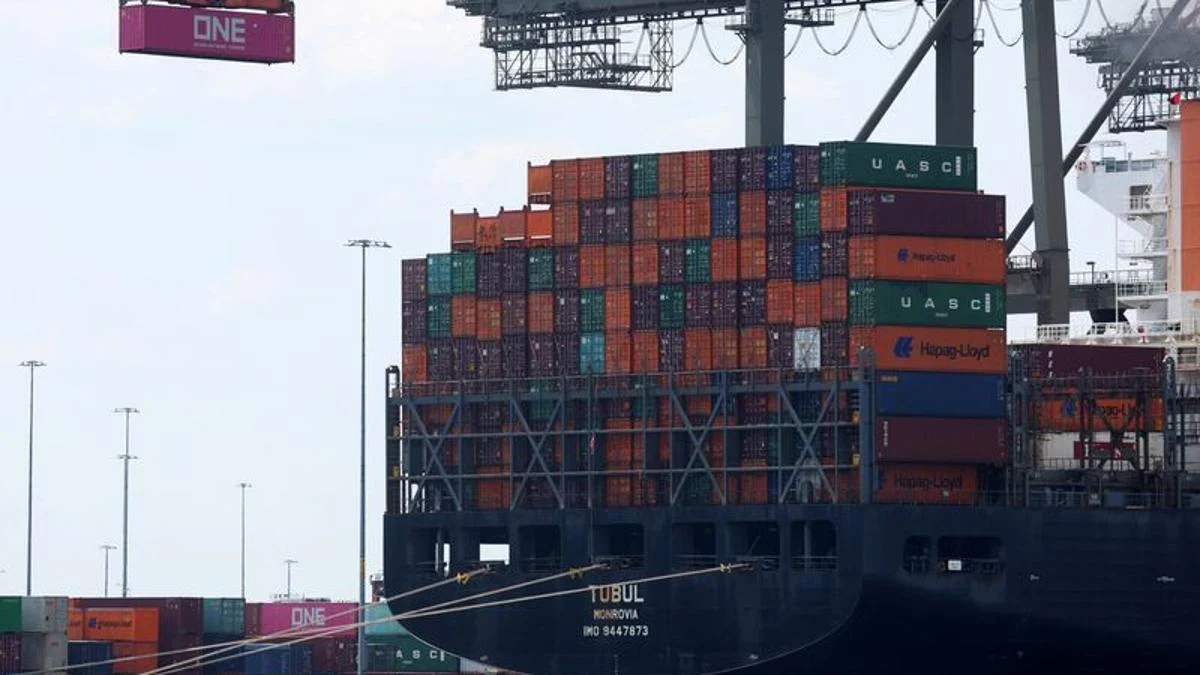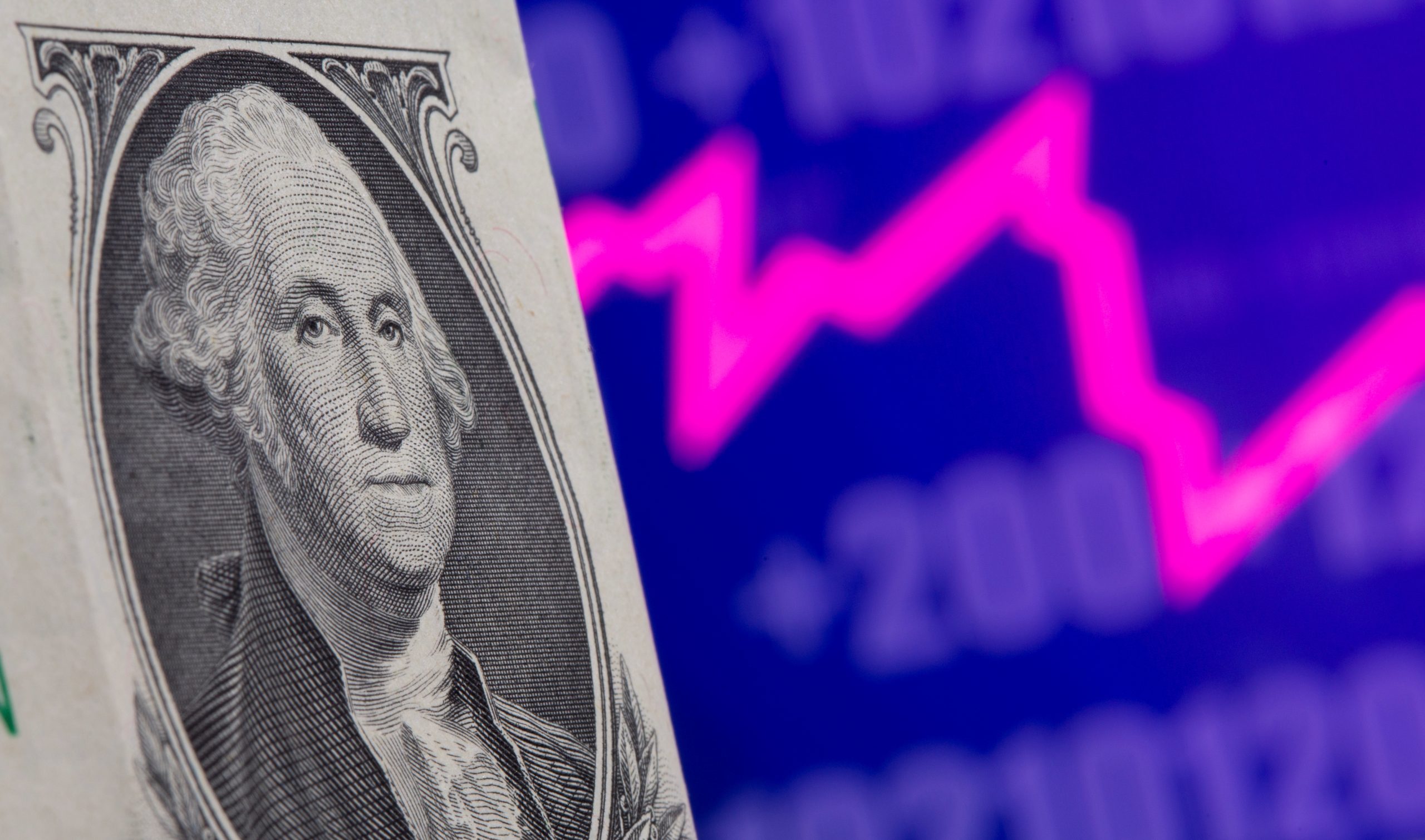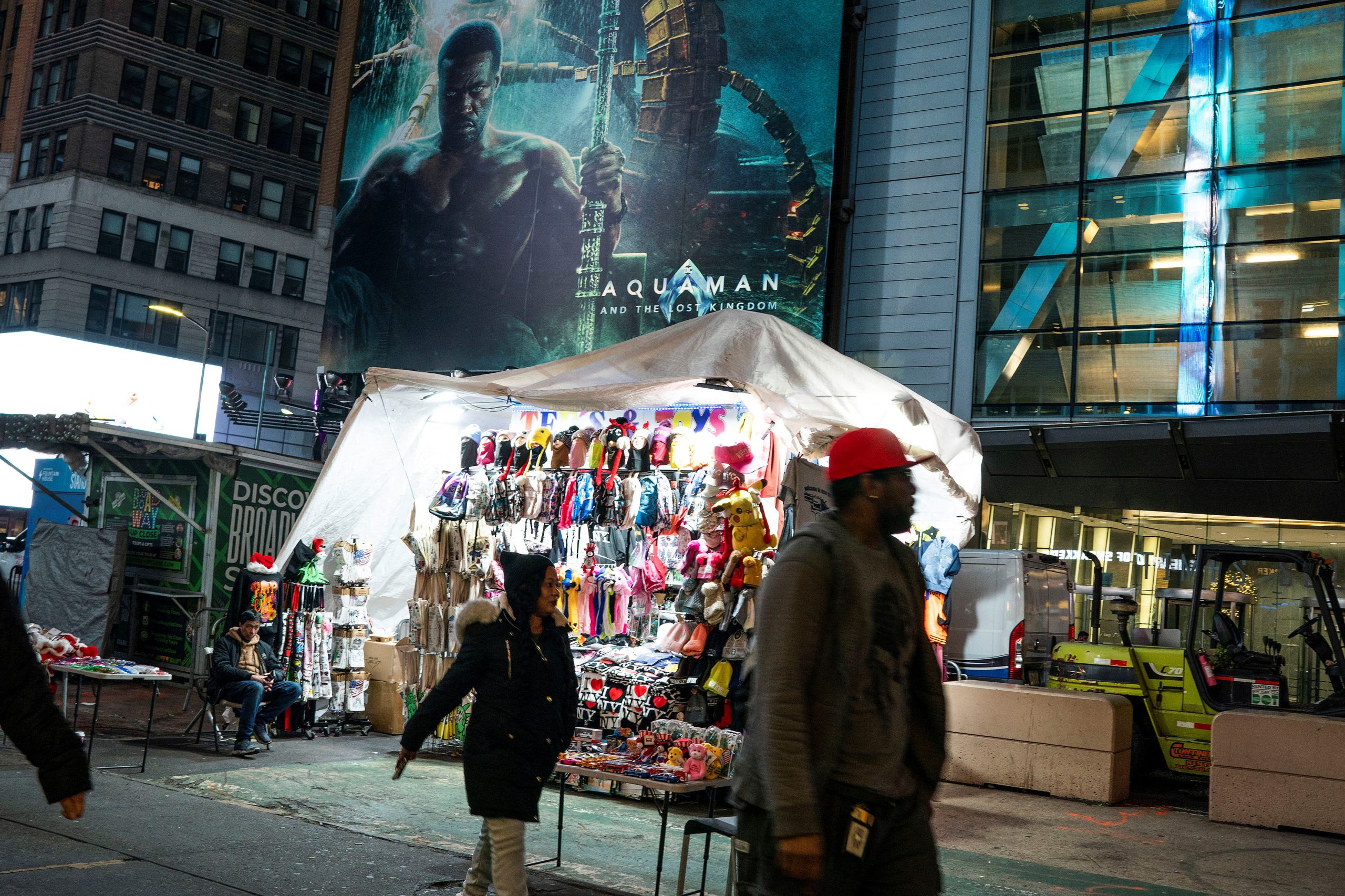The latest data from the Commerce Department paints a mixed picture of the U.S. economy, as growth slowed significantly in the last quarter while inflation surged unexpectedly.
This divergence has raised concerns among government officials and Federal Reserve policymakers, who now face the looming specter of stagflation—a scenario marked by stagnant economic growth coupled with high inflation.
Economic expansion in the world’s largest economy decelerated to an annualized rate of 1.6% in the first quarter of the year, a notable drop from the 3.4% recorded in the previous quarter and below Wall Street’s expectations.
Concurrently, inflation pressures spiked, with the central bank’s preferred gauge rising by a faster-than-anticipated 3.7% over the same period.
Challenges Mount for Policy Makers Amidst Diverging Trends in Growth and Inflation

The simultaneous slowdown in growth and rise in inflation present a challenging dilemma for policymakers, particularly amidst the Fed’s already increased lending rates.
Analysts suggest that President Joe Biden may need to consider accelerating government spending to counterbalance the impact of the Fed’s restrictive monetary policy.
However, concerns over stagflation persist, as the combination of sluggish growth and persistent inflation could significantly hamper the economy, particularly given its heavy reliance on consumer spending. Market participants remain wary, with the possibility of further rate cuts by the Fed now in doubt.

The recent surge in Treasury bond yields reflects the market’s uncertainty, as investors recalibrate their expectations for future rate cuts. Additionally, the odds of a June rate cut once considered a certainty, have dwindled significantly.
Despite the challenges, some economists remain cautiously optimistic about the outlook, anticipating a moderation in inflation pressures as consumer spending slows and pandemic-era savings are depleted. However, the path to achieving the Fed’s 2% inflation target remains uncertain.

As policymakers undergo these complex dynamics, all eyes are on forthcoming economic indicators, such as the upcoming PCE inflation report, which will provide further insights into the trajectory of inflation and its implications for monetary policy moving forward.







Leave a Reply